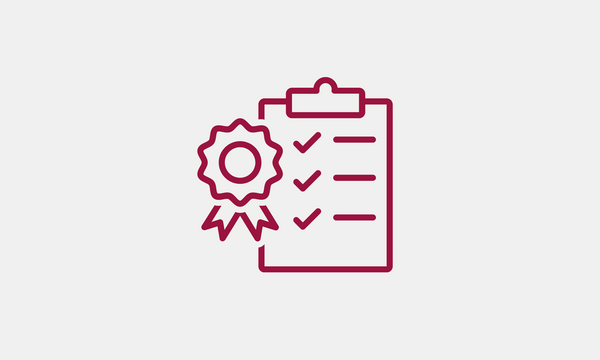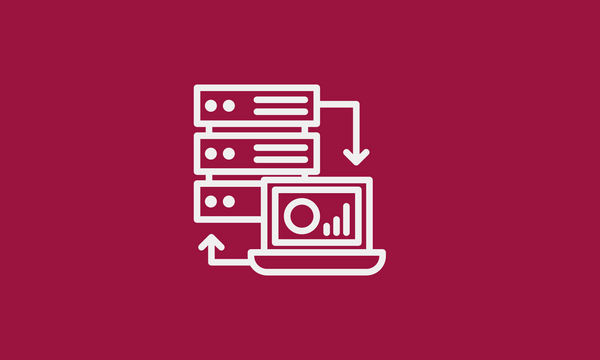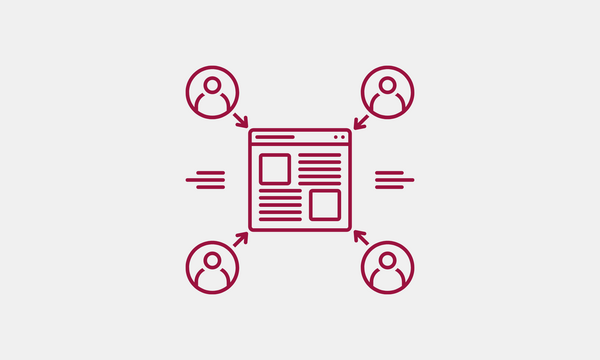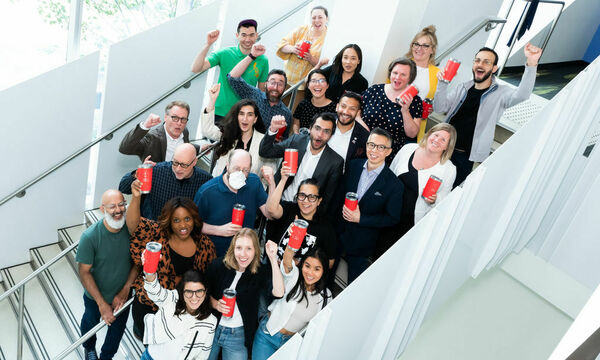The fellowship discovery journey at Measurement Canada

Jasper Chan
May 26, 2020
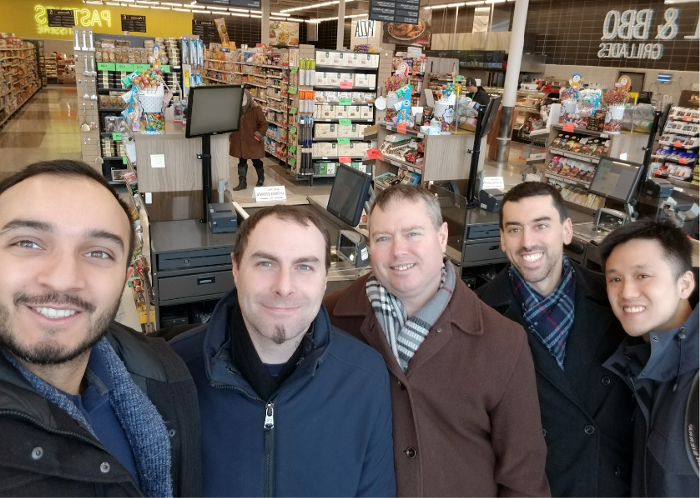
Over the past three months, we have spent a wonderful time at Measurement Canada (MC) orienting ourselves and meeting employees across the country. MC is a federal agency with a mandate to:
“Ensure the integrity and accuracy of financial transactions involving measurement through enforcement and administration of the Weights and Measures Act and Electricity and Gas Inspection Act and associated regulations. MC staff approve, inspect and certify measurement instruments for use in Canada, certify the physical standards used to test measuring instruments and investigate complaints regarding inaccurate measurement.”
Measurement is everywhere. Thousands of daily commercial transactions rely on some form of measurement. A simple example would be the fuel dispenser that we use at gas stations; MC employees are there to make sure we get the right amount of fuel by inspecting machines to make sure they’re dispensing accurate amounts of gas!
After an intensive two months of discovery, we have identified a problem space where we feel we can add value. In this article, we will be walking with you through the steps we took to narrow down our focus.
Back to the Beginning
When we started our fellowship, we were presented with different problem statements for consideration. As we mulled over the information, we found ourselves asking one critical question: What are the key frustrations currently being experienced by Measurement Canada employees on a regular basis? To answer this question, we decided to focus our research to uncover the underlying problems.
We tailored our research plan to get a quick high-level view of the different roles at MC, how they work together, and the challenges experienced by each role. After consulting with our core partners, we decided to focus on interviewing four different roles that made up the majority of the organization, with the hypothesis that they would have the most opportunity to add value: Inspectors, Legal Metrologists, District Inspectors, and Specialists. With the help of our partners, we conducted 20 interviews with employees across the country with varying levels of experience. These interviews lasted up to two hours each, where we focused on understanding their roles and responsibilities, and most importantly, their current pain points.
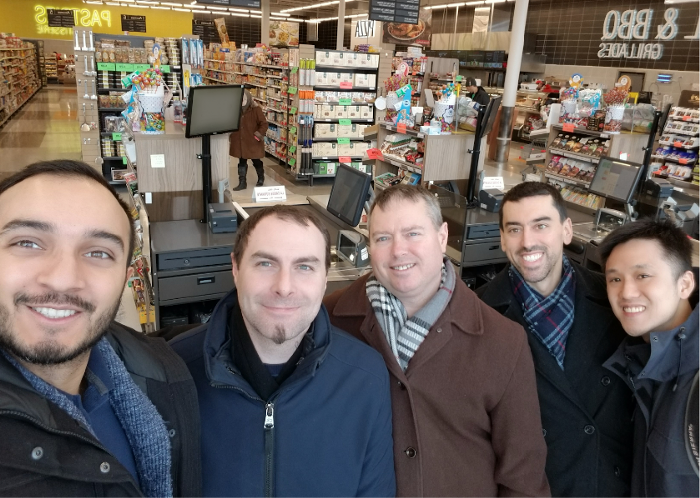
Synthesis
With the interviews completed, we synthesized the information to determine a particular problem space. We utilized a three step process:
- Pain Point Clustering
- Problem Summary
- Environmental Scan
Pain Point Clustering
As we examined our notes, we started to see patterns and commonalities emerge between users. To better visualize these findings, we leveraged a technique called Affinity Mapping where we distilled the pain points onto sticky notes, and grouped similar or related problems to find clusters of similar challenges. This technique allowed us to develop a high-level visual map of the different categories and frequency of pain points.

Problem Summary
To better summarize the cluster of pain points, we produced a problem statement that best represented each cluster and compiled them into an executive summary for each role. Within the document, we segmented the problems into recurring and individual problems. Recurring problems are defined as problems that were voiced by more than one person that we interviewed. These summaries will serve as a high-level overview of the different pain points and will be useful for future digital opportunities. The full list can be found here, but we have provided an example below:
Specialists find it difficult to systematically triage and support technical issues/requests, and to provide consistent legally validated answers in a timely fashion. They are bogged down with coordinating with various individuals, possibly across multiple time zones, to obtain the necessary information to resolve the issue/request. The amount of time spent triaging a specific request can be significant, which causes them to feel a lack of capacity to service all the requests.
Environmental Scan
The purpose of the environmental scan was to capture the initiatives already underway that might contribute to a solution, and potential blockers at an organizational level. This was accomplished by consulting with our government partners focusing on four main pillars:
- Technology
- Policy
- Regulatory/Legislative
- Business Feasibility
Decision Time
To help us determine the most appropriate problem to tackle, we prioritized two factors:
- C4C Product Value — The value we feel a digital product can bring to the problem while factoring in our capacity; our capacity was important to consider as it would determine if we had sufficient time and resources to solve the problem.
- Business Feasibility — How easy it would be for the organization to adopt the new product/process; by accounting for this factor, we could identify potential roadblocks/show-stoppers that may come our way.
The other factors in the Environmental Scan were used as a quick check to ensure there were no serious known blockers/concerns. This process led us to the problem space surrounding the inefficiencies in logistical planning and coordination of inspectors and equipment. For example, Inspectors currently use up to six different tools to identify the most efficient inspection schedule, and must manually cross-reference their colleagues’ schedules to create a clear plan. In order to make needs like this more manageable, we decided to break it up into two distinct problems; one to focus on the human resource allocation, and the second to focus on equipment allocation.

Problem #1: Inspectors find it frustrating when attempting to do the logistical planning and coordination of inspections. It is a time consuming and repetitive experience, with very minimal infrastructure in place to help streamline the process.
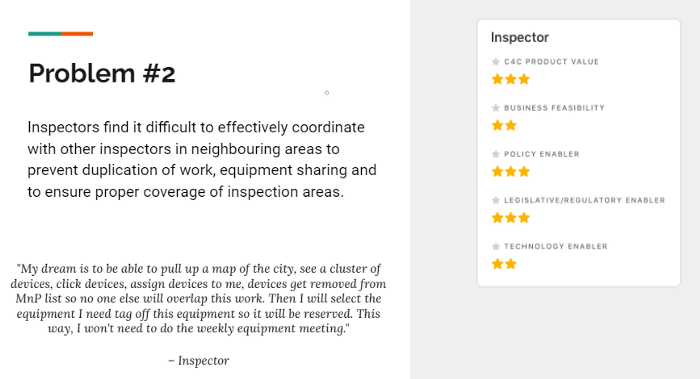
Problem #2: Inspectors find it difficult to effectively coordinate with other inspectors in neighbourhood areas to prevent duplication of work, equipment sharing and to ensure proper coverage of inspection areas.
From our user research, we determined that Problem Statement #1 will be the initial area of focus.
Next steps
In the next phase of the project, we will be working to better quantify the target problem. In order to do this, we will be sending out baseline studies to the following user groups:
- Electricity & Gas Inspectors
- Weights & Measures Inspectors
- District Inspectors
- District & Regional Managers
By sending out this study, we expect to get a deeper understanding of the logistical planning and coordination of inspections, how each role interacts with others, how much time is spent in each step etc. This data will be critical as we prepare to move into the ideation phase, where we will be generating ideas and concepts for solving this problem. From this study, we will also create user panel groups to act as our experts and to help validate our ideas/solutions. By having these experts validate our ideas/solutions incrementally, we can ensure our compass is always pointing towards North!
We want to thank everybody who offered their time to speak with us and share their concerns, their pain points, and their ideas. We really appreciate it and we could not have gotten to where we are today without them. We look forward to continuing on this journey together!
